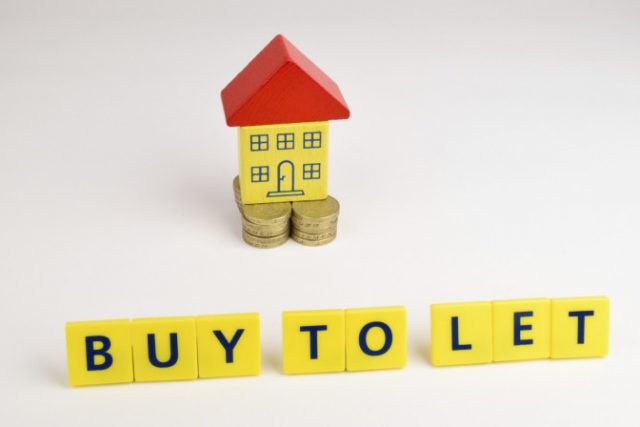Rents outside of the capital hit average of £750pcm
The most recent rental index from Landbay has revealed that the average cost of renting a property outside of the capital rose during 2016.
Rents paid increased by 2% in the 12 month period and now account for 53% of the average take-home pay for people outside of London.
Capital Pains
In the capital, typical rents remain more than double the average for the rest of the UK at £1,882. This is despite a fall of 0.13% during December. Worryingly, with take-home pay averaging £1,967 per months, many on typical incomes will spent nearly all of their money on rent, unless they split the cost.
Taking London out of the equation, average rents across all properties rose by 2.13% in England, 1.42% in Scotland and 1.43% in Wales. This took average costs to £755pcm, £721pcm and £634 pcm respectively.
Wage growth has not been able to keep pace with rising rents, with disposable income dropping by 2.3% in the first quarter of 2016.
With inflation predicted to increase by 2.7% during 2017 and low interest rates hindering those looking to save for a deposit, there are real concerns for would-be homeowners.

Rents outside of the capital hit average of £750pcm
Robust Demand
John Goodall, CEO and founder of Landbay, observed: ‘Outside the capital, rents continued to grow across the country in 2016, a trend we expect to continue into the coming year. Demand for rented accommodation will remain robust, as the myriad threats of rising house prices, falling real incomes and rising inflation affect the ability of aspiring homeowners to get their foot on the housing ladder and save for a deposit.’[1]
‘The government may have just committed £7bn to building an additional 200,000 affordable starter homes, but supply across all tenures is still too low. The buy to let market has become a ‘catch all’ for a forgotten generation of house hunters, for those who cannot, or choose not to, buy a property outright. All eyes will now be on the upcoming Housing White Paper, which may be the best opportunity we’ve had in recent years for significant change,’ he added.[1]
[1] https://www.landlordtoday.co.uk/breaking-news/2017/1/rents-outside-of-london-hit-average-of-750-a-month






